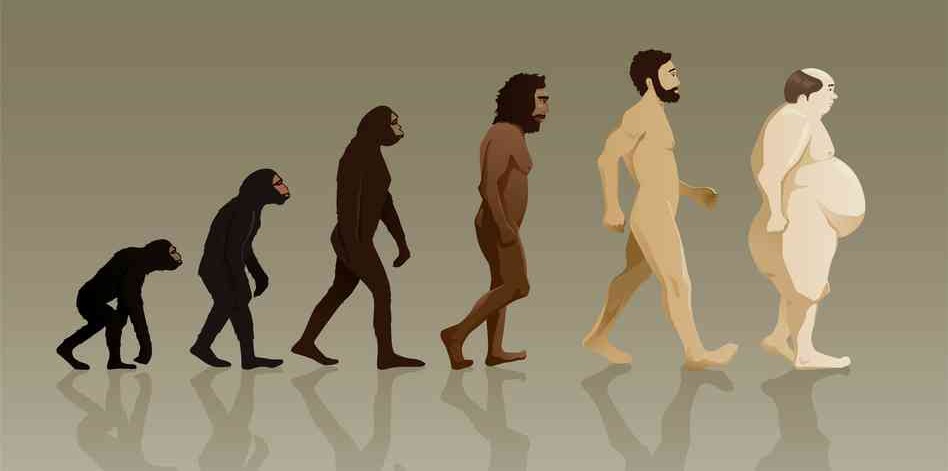Conclusion
Although language is no longer just used for basic needs for survival, the evolution of language continues as new generations integrate new technology as a part of their daily vocabulary. Just as stone tool making had also used communication to improve on technology across generations, our future generation will continue to evolve language to technology as our society becomes more heavily depended on it. Language just like biological evolution will continue to evolve to simplify tasks and getting meaning across to another person more effectively. As efficiency in communication grows, it will allow for more room in the brain to develop in different aspects of life, forcing humans to be able to achieve more. As we continue to study the capabilities of the brain to acquire language, use and its creative outlets, we can see that biological factors on a primitive level will still play a large role in language learning. On the other hand, it can be observed that a child’s language ability is not only depended on the natural capabilities of its brain but rather, its social environments could play a larger role in the amount of knowledge and languages a child could be exposed to. Therefore, the evolution of language cannot be just observed as solely biological or socio-cultural but rather the interworking of the two contributed to the development of human languages today.
